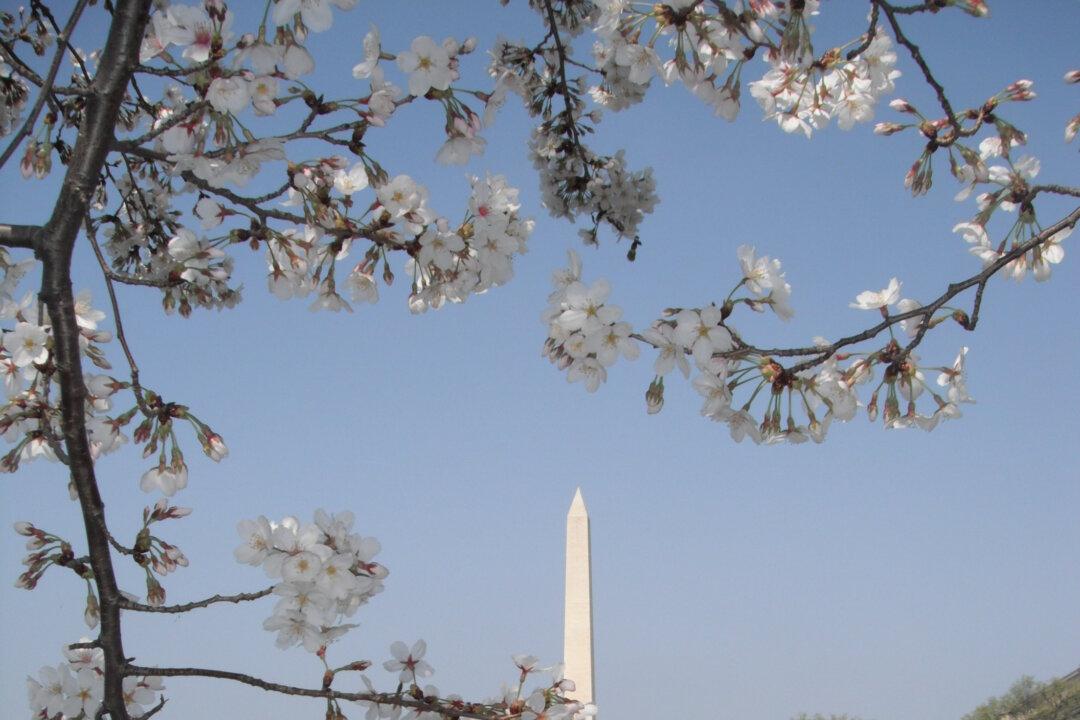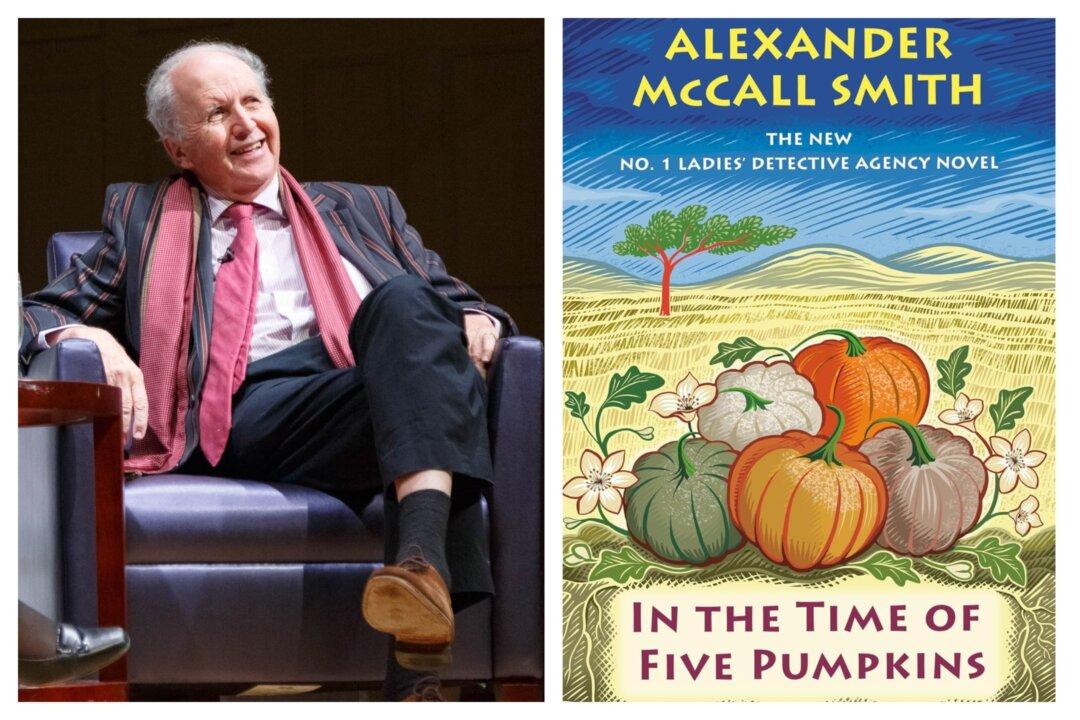As you drive through the downtown area of the nation’s capital, the first marker you will probably see is the pencil-shaped monument erected in honor of the country’s first president, George Washington. It is visible whether you are visiting one of the Smithsonian museums or paying homage to another famous president, Abraham Lincoln, at his stately memorial to the west. Completed in 1884, the Washington Monument was the tallest structure in the world at the time it was built.
However, there are other monuments dedicated to Washington that may not be as well-known as the one in the District of Columbia. With two in Maryland, one in Virginia, and another in Pennsylvania, they are worth a look (and a side trip) to take in these testaments to one of the nation’s Founding Fathers.





